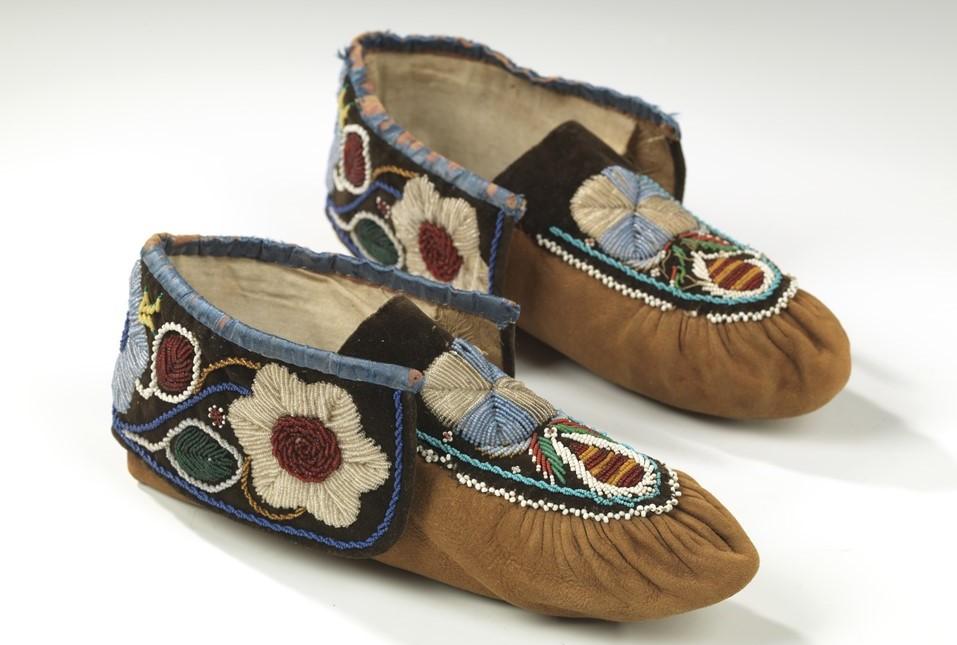Shoe

Northampton Museum and Art Gallery is home to one of the largest collections of shoes and shoe heritage in the world. Arts Council England designates the collection as being of local, national and international importance.
The collection's strength lies in its very broad range, from ancient Egypt to the latest fashions, from workwear to high-end designer creations and from Northamptonshire-made shoes to footwear from around the world. Our shoes are defined by the people that wear them. We tell these footwear stories.
Find out more about the Arts Council England Designated shoe collection and the history of shoes.
Key objects from the collection
The collection contains:
- More than 15,000 shoes
- Accessories including buckles and laces, shoehorns, shoe tress, spats and polish
- Shoemaking tools, machines, components and lasts
- Shoe retail objects including foot measuring devices and advertising
- Documentary archive including catalogues and trade journals
- Photographs, paintings and prints depicting shoes and shoemaking
- There is also an index of shoemakers and shoe companies from across the UK and further afield, and an international database recording concealed shoes found hidden in buildings.
The collection is a significant resource for all those interested in shoes, from students and researchers to local historians.
Where to view the Shoe Collection
View the Shoe Collection in our new Shoe Gallery at Northampton Museum and Art Gallery.
Shoe collections are also included in our online resources.
Online resources Northampton Museum and Art Gallery
Online resources Abington Park Museum
Research or enquire about the shoe collection
We welcome access to the collection through research visits, viewings and correspondence.
Research or enquire about the collection
Caring for this collection has been made possible as a result of the Government Indemnity Scheme. Northampton Museums and Art Gallery would like to thank HM Government for providing indemnity and the Department for Digital, Culture, Media and Sport and Arts Council England for arranging the indemnity.
Does this text contain inaccurate information or language that you feel we should improve or change? we would like to hear from you.
